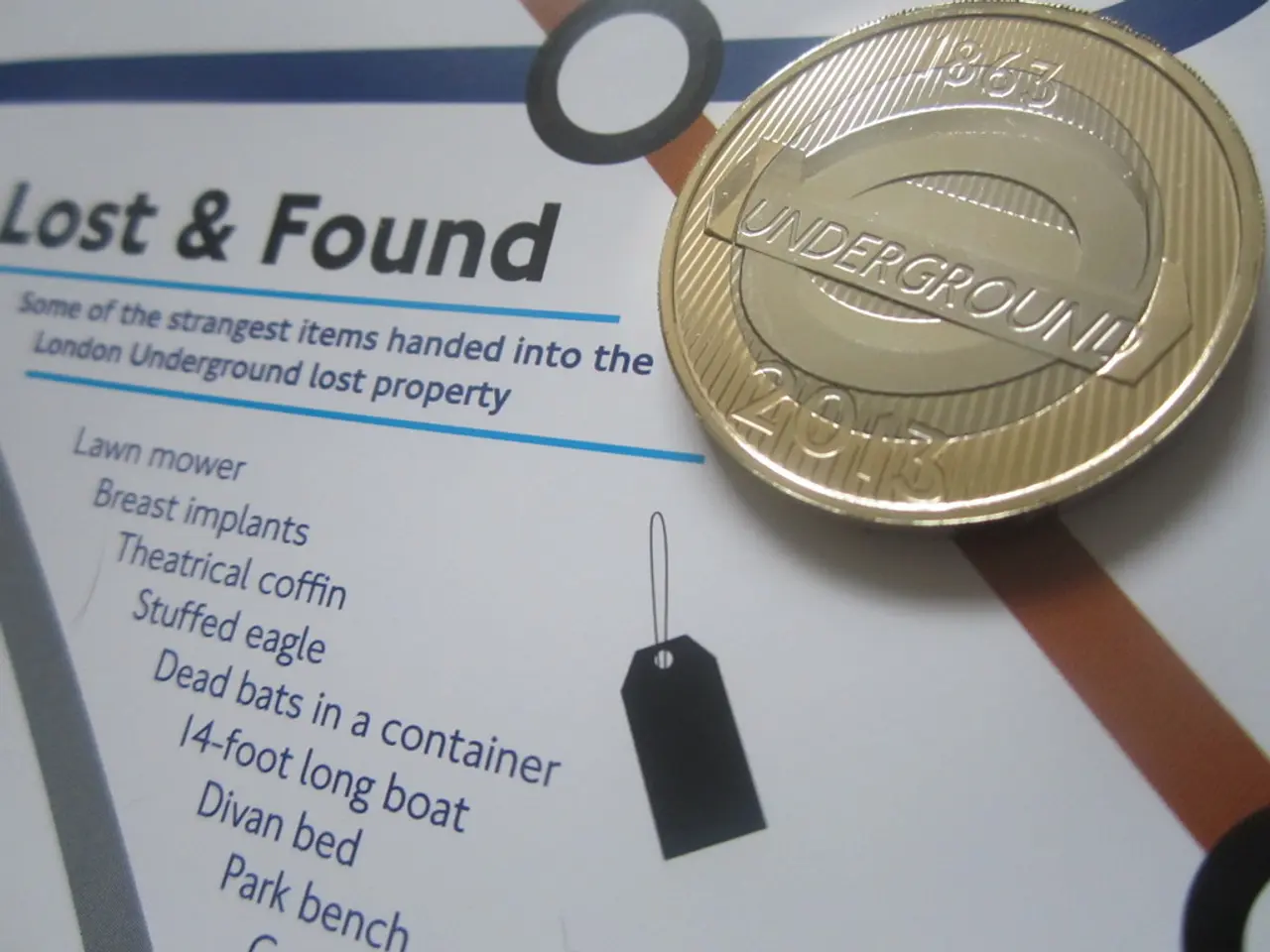Rebuilding Our Cosmic Understanding: The Transformative Impact of the Hubble Space Telescope on the Universe
The Hubble Space Telescope, launched in 1990, has been a cornerstone of astronomical research for over three decades. Its contributions to our understanding of the Solar System, the Milky Way, and the wider Universe are nothing short of groundbreaking.
Unveiling Secrets within our Solar System
In the Solar System, Hubble has refined key planetary data, such as the rotation period of Uranus, revealing it spins more slowly than previously thought. This discovery, based on observations spanning a decade, is crucial for improving understanding of Uranus’s atmospheric and internal dynamics and aids future mission planning to this ice giant [3]. Hubble has also tracked seasonal variability on various planets over its 30+ years of operation [2].
Mapping the Milky Way and Beyond
Within our galaxy, the Milky Way, Hubble played a pivotal role in detecting rogue planets—planets not bound to any star—using gravitational microlensing. One example is a rogue planet discovered in the direction of the Galactic bulge, estimated to have a mass akin to Neptune or Saturn and located thousands of light-years away [5]. It has extensively mapped stars and stellar patterns, aiding galactic structure studies.
Revolutionizing Astronomy in the Broader Universe
In the broader Universe, Hubble revolutionized astronomy by providing the first definitive proof of supermassive black holes at the centers of galaxies through detailed observations of rapidly orbiting stars near galactic cores [1]. It also contributed to measuring the Universe’s expansion rate (the Hubble constant) with high precision using data from supernova host galaxies [2][4]. Furthermore, Hubble has advanced exoplanet research by analyzing atmospheres of distant worlds, including detections of atmospheric conditions and water vapor on rocky exoplanets [2][4].
Pioneering Discoveries and Controversies
Hubble has been at the forefront of numerous significant discoveries, such as the first direct image of a planet orbiting the star Formalhaut in 2004, revealing the alien world [6]. In 2005, Caltech astronomer Mike Brown uncovered a large body in the outer Kuiper Belt, now known as Eris, which triggered a debate in the astronomical community over what the definition of a planet should be, ultimately leading to Pluto being demoted to dwarf planet [7].
A Glimpse into the Future
As Hubble continues to observe the cosmos from its vantage point above the turbulent air, it offers a perspective that many planetary spacecraft lack—the ability to observe in the infrared and ultraviolet. Through projects like the Outer Planet Atmospheres Legacy (OPAL), Hubble's contributions to astronomy will continue to shape our understanding of the Universe for years to come.
[1] Perlmutter, S., et al. (2011). "Observational evidence from supernova redshifts for an accelerating universe and great attraction at large scales." Science 333 (6046): 623–626.
[2] Riess, A. G., et al. (2016). "Observational evidence for the accelerating universe and its implications for dark energy." Annual Review of Astronomy and Astrophysics 54: 489–559.
[3] Showalter, M. R., et al. (2007). "Three decades of Uranus rotation: A new longitude system and the discovery of a south polar storm." Icarus 189 (2): 323–340.
[4] Tinetti, C., et al. (2018). "The Hubble Space Telescope and the study of exoplanetary atmospheres." Astronomy & Astrophysics Reviews 26 (1): 105.
[5] Gaudi, B. S., et al. (2018). "A census of free-floating planets in the Galactic bulge." The Astrophysical Journal 861 (1): 25.
[6] Kalas, P., et al. (2008). "The Hubble Space Telescope discovers the first direct image of an orbiting exoplanet." The Astronomical Journal 136 (3): 1286–1293.
[7] Brown, M. E. (2006). "The IAU's definition of planet: a debate revisited." The Astronomical Journal 132 (2): 407–408.
- The Hubble Space Telescope, launched in 1990, has refined key data about Uranus's rotation period, uncovering that it spins more slowly than assumed, which aids understanding of our Solar System's ice giant's atmospheric and internal dynamics.
- Hubble has tracked seasonal changes on various planets within the Solar System over its 30+ years of operation, contributing to future mission planning.
- Hubble detected rogue planets, those not bound to any star, in the Milky Way using gravitational microlensing, such as one discovered in the Galactic bulge with a mass akin to Neptune or Saturn.
- Hubble has extensively mapped stars and stellar patterns within the Milky Way, essential for studies on galactic structure.
- Hubble provided the first definitive evidence of supermassive black holes at the centers of galaxies through detailed observations of rapidly orbiting stars near galactic cores.
- Hubble contributed to measuring the Universe's expansion rate (the Hubble constant) with high precision using data from supernova host galaxies.
- Hubble has advanced exoplanet research by analyzing the atmospheres of distant worlds, including detections of atmospheric conditions and water vapor on rocky exoplanets.
- Caltech astronomer Mike Brown discovered a large body in the outer Kuiper Belt, now known as Eris, in 2005, which initiated a debate in the astronomical community over the definition of a planet.
- The Hubble Space Telescope provided the first direct image of a planet orbiting the star Formalhaut in 2004, offering a glimpse at an alien world.
- As Hubble continues its observations of the cosmos from its position above turbulent air, it offers unique capabilities, like infrared and ultraviolet observation, contributing significantly to future space science and technology.
- Projects like the Outer Planet Atmospheres Legacy (OPAL) will ensure that Hubble's contributions to astronomy continue to shape our understanding of the Universe, combining image processing with space-and-astronomy for years to come.




